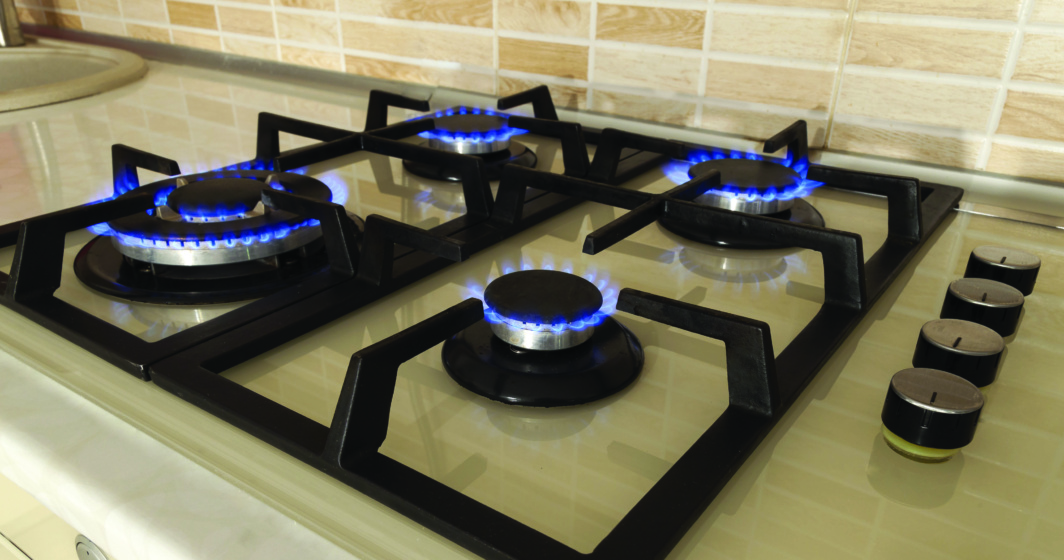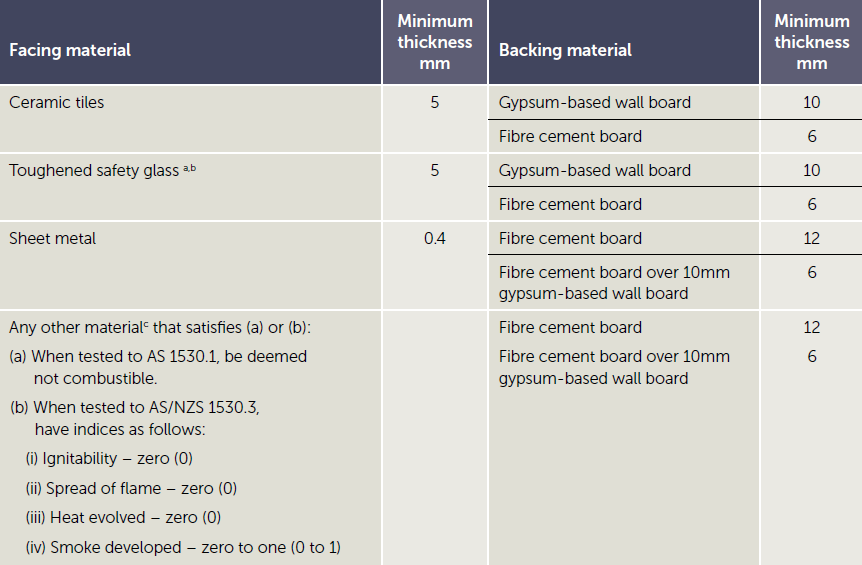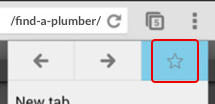Standards surrounding clearances for domestic gas cookers are not as straight forward as you would think. Let us clear this up.

Overhead clearances
Range hoods and exhaust fans should be installed in line with the manufacturers’ installation instructions. When a difference in height occurs between the installation instructions and the Australian standard, the greater clearance shall apply.
What is the clearance currently?
Australian standard 5601.1:2022, clause 6.10.1.1, outlines clearances to range hood and exhaust fans.
For a new installation, the clearance between the cooking support surface for the cooking vessels and the rangehood shall not be less than 650mm. For existing installations or a changeover of a gas cooker, the clearance to a rangehood from the highest part of the highest burner of the appliance or the hob, shall be not less than 600mm and should be more if the installation instructions specify a greater clearance.
Exhaust fans above domestic gas cooking appliances also have a clearance that must be applied.
This clearance remains unchanged.
For a new installation and existing installation or changeover, AS 5601.1:2022 states the clearance between the highest part of the highest burner of the appliance or the hob shall not be less than 750mm.
Note: Removeable accessories such as a wok trivet that sits upon a hob trivet are not considered in determination of the supporting surface for the cooking vessels.
Downward clearance
Any Downward facing combustible surface is required to have a clearance greater than 650mm above the supporting surface for the cooking vessels.
So, what if I can’t meet the 650mm requirement?
This clearance can be reduced to 450mm but would require the surface to be protected for the full width and depth of the cooker hob.
In any case the clearance to any overhead surface shall not be less than 450mm.
Side clearances
Side clearances from combustible surfaces are also another important consideration. You require a minimum of 200mm clearance, when measuring from the outer edge of the nearest burner to any vertical combustible surface. If that surface is closer than 200mm, it must be protected. This surface protection must be to a height of no less than 150mm above the most outer edge of the nearest burner and be the full width or depth of the cooking surface area. If the cooker is fitted with its own splash back, rear wall protection is not required provided the splash back achieves the protection indicated above. If the side clearance to a horizontal combustible material (eg: a benchtop) is less than 200mm from the outer edge of the nearest burner, then the cooktop must be installed so the top of the hob is no less than 10mm above the height of the horizontal surface.
Note: Side clearance does not apply to a freestanding or elevated gas cooking appliance which is designed to prevent flames or the cooking vessels from extending beyond the outer edge of the appliance.
Definitions:
• Cooking surface area is defined as that part of the appliance where cooking is normally taking place and does not include those parts of the appliance containing control knobs.
• Cooking support surface is the part of the cooker that holds the pots and pans over the burner.
For any combustible surface that requires protection within the clearance zones specified, approved methods of protection can be found in AS 5601.1:2022, appendix C, table C.3.

a Toughened safety glass shall conform to AS/NZS 2208.
b All toughened safety glass used as a cooker splashback shall be marked as “toughened safety glass” to indicate that it is fit for purpose.
Where glass is not marked, a document from the manufacturer shall be provided to confirm the glass is toughened and conforms to AS/NZS 2208.
c Reconstituted stone or quartz surfaces contain polymer resins and may not meet the requirements of Clause C.2(a) or C.2(b).
If used, conformance shall be confirmed.
Share this Article






